#Designer Glass Lamps
Text
History and Evolution of Glass Lamps
Glass lamps have a rich and fascinating history that spans centuries, evolving from simple oil lamps to the intricate masterpieces we admire today.
In ancient times, glass lamps were crafted by skilled artisans using traditional techniques, with designs influenced by cultural and technological advancements of the era. These early lamps served not only as sources of light but also as symbols of status and artistry.
The Middle Ages witnessed significant developments in glassmaking, leading to the production of more refined and elaborate lamp designs. With the invention of stained glass, artisans began incorporating colorful glass panels into lamp shades, creating stunning visual effects when illuminated.
The Renaissance period marked a golden age for glassmaking, with innovations in both design and craftsmanship. Prominent glassmaking centers emerged in Europe, such as Venice and Murano, where master artisans honed their skills and created exquisite glass lamps fit for royalty and nobility.
In the 19th century, the Industrial Revolution brought about mass production techniques, making glass lamps more accessible to the general public. This era also saw the rise of iconic designers like Louis Comfort Tiffany, who revolutionized the art of glass lampmaking with his innovative techniques and distinctive style.
Today, glass lamps continue to evolve, blending traditional craftsmanship with modern design sensibilities. From classic Tiffany lamps to contemporary minimalist designs, glass lamps remain cherished symbols of beauty, elegance, and innovation.
Unique FAQs
Are glass lamps fragile?
Glass lamps are generally durable but should be handled with care to prevent breakage. Avoid placing them in high-traffic areas where they may be knocked over or bumped.
Can stained glass lamps be customized?
Yes, stained glass lamps can be customized to suit your preferences. Many artisans offer custom design services, allowing you to create a one-of-a-kind piece that reflects your unique style.
How do I choose the right size glass lamp for my space?
Consider the scale of the room and the intended purpose of the lamp when selecting the size. A larger room may accommodate a statement-making lamp, while smaller spaces may require more petite designs.
Are glass lamps energy-efficient?
Glass lamps themselves do not affect energy efficiency; however, the type of bulb used can impact energy consumption. Opt for LED or CFL bulbs for greater energy efficiency and longer lifespan.
Can I use glass lamps outdoors?
While some glass lamps are suitable for outdoor use, it's essential to choose weather-resistant materials and ensure proper protection from the elements. Consult with the manufacturer or retailer for guidance on outdoor suitability.
0 notes
Text

Bright Ideas for Your Home, 1978
#vintage#vintage interior#1970s#70s#interior design#home#decor#home office#sawhorse#trestle#glass top#table#mustard#yellow#pharmacy lamp#attic#style#modern#architecture
463 notes
·
View notes
Text

Books Lamp
2K notes
·
View notes
Text
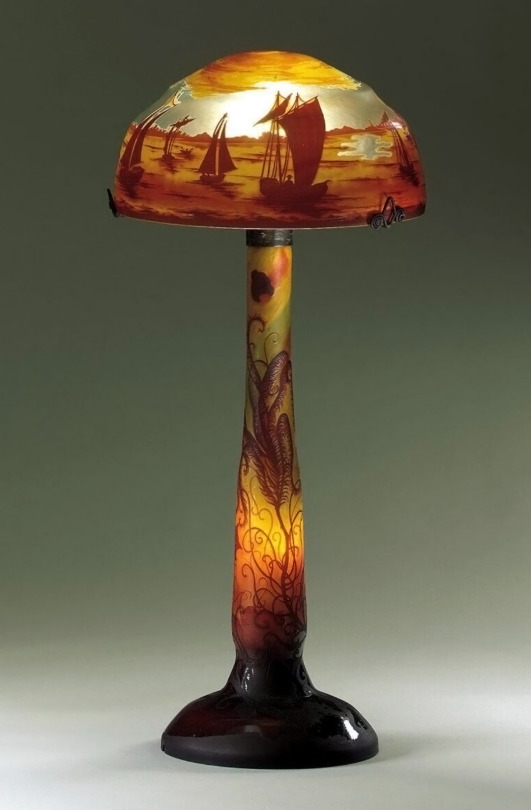
Tiffany Studios Favrile lamp with a sailboat scene on the shade. The shade is made of Favrile glass, developed by Louis Comfort Tiffany in the late 19th century. Favrile glass is a type of iridescent glass made by mixing metallic oxides to the molten glass. The metallic oxides create the colorful sheen on the surface.
297 notes
·
View notes
Text

Three-Light 'Lily' Table Lamp. Manufactured by Louis Comfort Tiffany, ca. 1904, New York; medium is cast bronze and yellow Favrile (iridescent) glass. From the Nasjonalmuseet collection in Oslo, Norway, inventory number: OK-1987-0123. Photo by the Nasjonalmuseet / Larsen, Frode.
(Source: nasjonalmuseet.no)
#table lamp#lighting design#early 1900s#louis comfort tiffany#tiffany studios#art nouveau#american design#plant motif#flowers#lilies#metal#bronze#glass#iridescent#yellow#brown
177 notes
·
View notes
Text




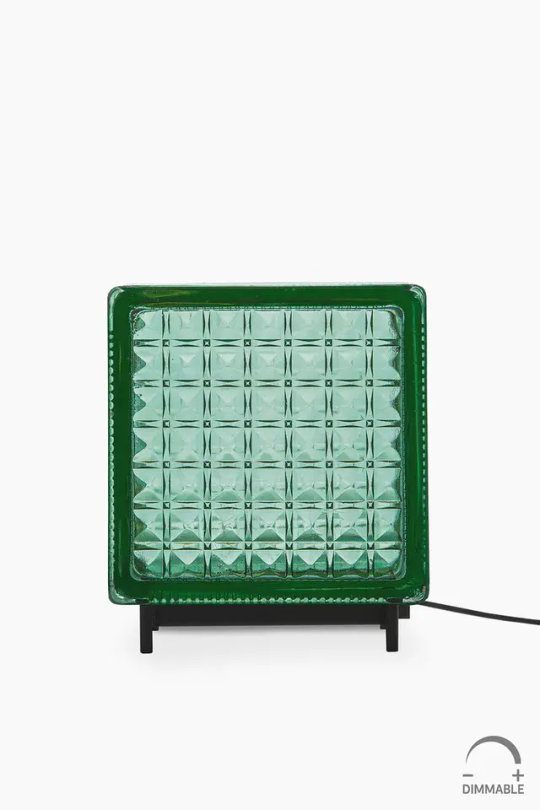
Kismas Vintage Line
Glass, powder coated steel, plastic diffuser,
Width 19,5 cm / Height 23 cm / Depth 9,5 cm
#art#design#sculpture#lighting#lighting art#lights#table lamp#lamp#kismas#vintage#glass#steel#glass art#glass block#lithuania#doric#linear#orbital#dream#green#pink#pink aesthetic
134 notes
·
View notes
Text
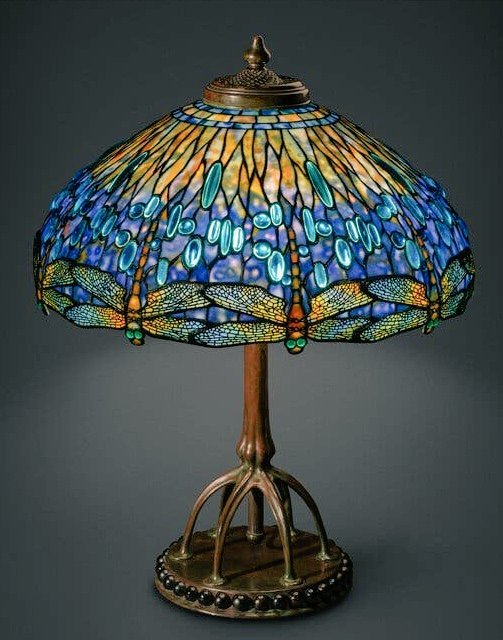
... stained glass ...
Clara Driscoll (1861-1944), head of the Tiffany Studios Women's Glass Cutting Department in New York City who designed more than thirty of the iconic Tiffany lamps
#stained glass#clara driscoll#tiffany#tiffany studios#tiffany lamp#new york#art#artwork#design#power of colors#womens art
33 notes
·
View notes
Text
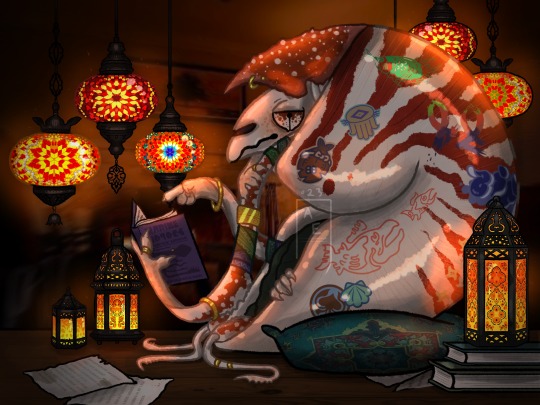
Snug in my Shell.
She’s pointing out scientific inaccuracies in her book
(It said poisonous instead of venomous)
this is also my 100th artwork! Yay!
#All i was thinking while drawing this is “god i wish I was her”#This is how Nautili sit/lie down btw they literally retract into their shell it’s so goofy#my art#splatoon#Splatoon 3#xeno tag#xeno inkling#gnarly eddy#nautilus#nautiloid#cephalopod#inkling#speculative biology#Creature design#splatoon art#warm light#cozy aesthetic#cozy#lighting#glass lamp#Art#Digital art#artists on tumblr
440 notes
·
View notes
Text
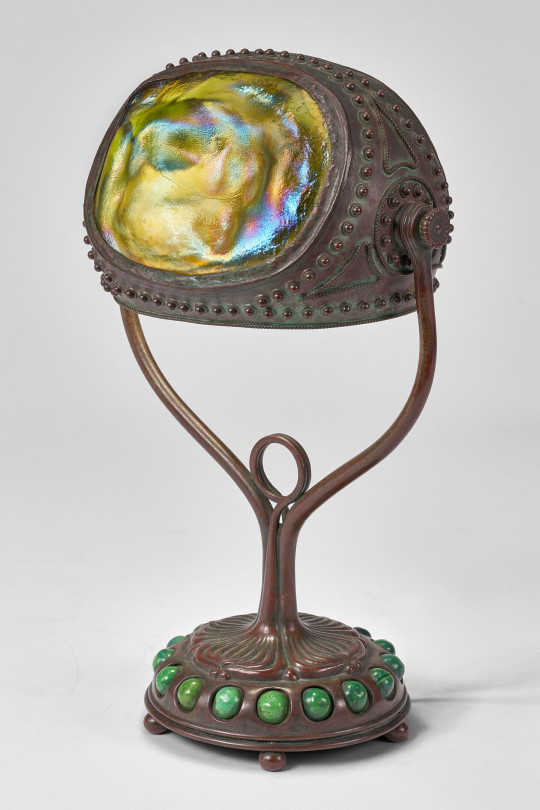
"'JEWELED TURTLE-BACK TILE' DESK LAMP"
TIFFANY STUDIOS // circa 1903
[favrile & leaded glass; patinated bronze | 14 ¼ x 8 ¾ x 6"]
129 notes
·
View notes
Text

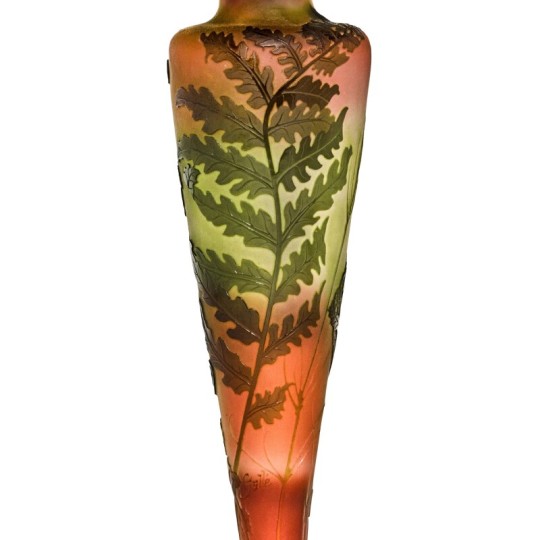
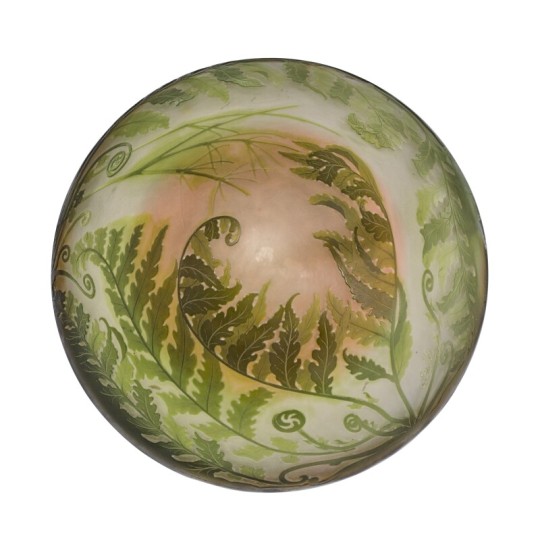
Gallé
'Ferns' vase lamp and shade, 1905-1908
Acid etched cameo glass and patinated metal
base and shade signed Gallé with a star.
52 by 18.5 by 18.5cm., 20½ by 7¼ by 7¼in.
Émile Gallé was a French glass designer, considered to be one of the leading exponents of the Art Nouveau style and innovators of French art glass, which saw its renaissance in around 1900. The discovery of the arts of Japan and China at the Universal Exhibition of 1889 was a liberating experience for many European designers, who were able to free themselves from the stylistic constraints of the past. Of central importance was the depiction of the natural world, which would become the primary source of inspiration and the plant kingdom unfurls wonderfully in their creations. In 1884, Gallé invented the technique of multi-layer glass. Alongside his unique pieces, Gallé was able to develop the mass production of certain lines of vases and lights. This innovative approach allowed him to spread his output widely, ensuring his novel designs reached the broadest possible audience. Gallé was awarded a ‘Grand Prix’ medal during the Universal Exhibition of 1900, cementing his international reputation.
#Gallé#Gallé 'Ferns' vase lamp and shade 1905-1908#french glass designer#glass#glass lamp#art#artist#art work#art world#art news#art deco#art nouveau#pretty#beauty#beautiful
54 notes
·
View notes
Text

Interior Visions: Great American Designers and the Showcase House, 1988
#vintage#vintage interior#1980s#80s#interior design#home decor#living room#glass table#Italian#classical#style#mirror#objects#candles#floor lamp#throw pillows#daybed#home#architecture
290 notes
·
View notes
Text

#lamps#pendant light#pendant lamps#floral#home interior#interior design#interiors#design#lamp design#pretty#art#stained glass#asthetic#b
13 notes
·
View notes
Text

#pink#pastel#cute#pale#lamp#interior design#stained glass#stained glass furniture#pastel aesthetic#pastel room#pink heart#cherries#kawaii
8 notes
·
View notes
Photo

Wisteria cameo lamp,c.1915. Émile Gallé, 1846-1904. Glass, triple overlaid and acid-etched.
386 notes
·
View notes
Photo
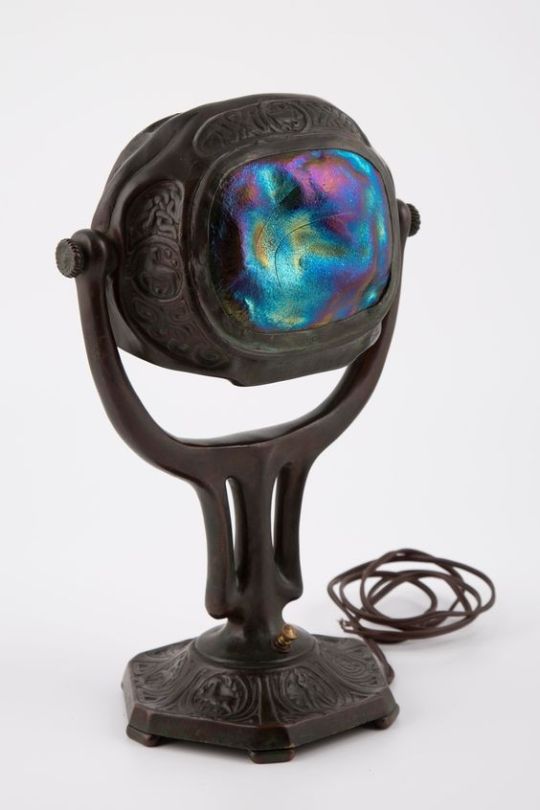

Turtle Back Desk Lamp in Zodiac Pattern. Designed by Louis Comfort Tiffany and produced by Tiffany Studios, New York, ca. 1906-1910. Materials are favrile glass and cast bronze. The lamp base and shade are decorated in low relief with the 12 signs of the zodiac. Photos: Freia Beer / Nordenfjeldske Kunstindustrimuseum.
(Source: digitaltmuseum.org)
#table lamp#lighting design#1900-1910#louis comfort tiffany#tiffany studios#art nouveau#american design#decorative arts#bronze#favrile glass#iridescent#zodiac#blue#brown#purple
383 notes
·
View notes
